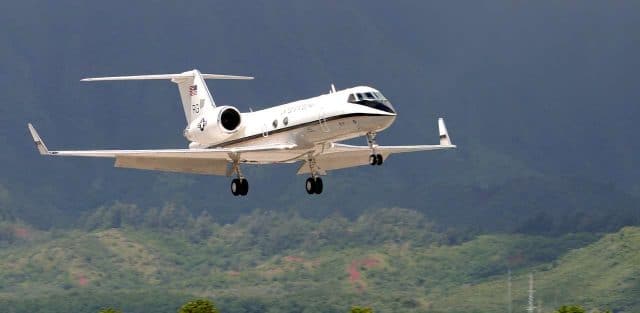Controlled Airspace

Controlled airspace refers to the airspaces that are provided with air traffic control (ATC) services. These spaces are the opposite of uncontrolled airspaces. Each airspace has been divided up into different classes.
Uncontrolled vs. Controlled Airspace
Controlled airspace consists of:
- Class A
- Class B
- Class C
- Class D
- Class E
Each of these classes requires the assistance of the control tower and ATC personnel. Each flight may operate under special visual flight rules (SVFR), instrument flight rules (IFR), or visual flight rules (VFR) when operating in these regions. Uncontrolled airspace consists of:
- Class F
- Class G
Uncontrolled airspace typically occurs where military activity or a high volume of aircraft flights is not expected. This means that the ATC does not need to intervene with an aircraft's flight intentions.
The Need for a Controlled Airspace
Controlled airspace has been established for three different reasons:
- High volume traffic areas like airports and popular routes
- IFR aircraft that require guidance by air traffic control
- Security reasons
Airspace that is controlled typically exists in the area surrounding busier airports. ATC is required here due to the high volumes of aircraft coming and going. Even though an area may be designated as a controlled airspace, the level of control varies in each airspace class.
Controlled airspace refers to the airspaces that are provided with air traffic control (ATC) services. These spaces are the opposite of uncontrolled airspaces. Each airspace has been divided up into different classes.
Uncontrolled vs. Controlled Airspace
Controlled airspace consists of:
- Class A
- Class B
- Class C
- Class D
- Class E
Each of these classes requires the assistance of the control tower and ATC personnel. Each flight may operate under special visual flight rules (SVFR), instrument flight rules (IFR), or visual flight rules (VFR) when operating in these regions. Uncontrolled airspace consists of:
- Class F
- Class G
Uncontrolled airspace typically occurs where military activity or a high volume of aircraft flights is not expected. This means that the ATC does not need to intervene with an aircraft’s flight intentions.
The Need for a Controlled Airspace
Controlled airspace has been established for three different reasons:
- High volume traffic areas like airports and popular routes
- IFR aircraft that require guidance by air traffic control
- Security reasons
Airspace that is controlled typically exists in the area surrounding busier airports. ATC is required here due to the high volumes of aircraft coming and going. Even though an area may be designated as a controlled airspace, the level of control varies in each airspace class.








